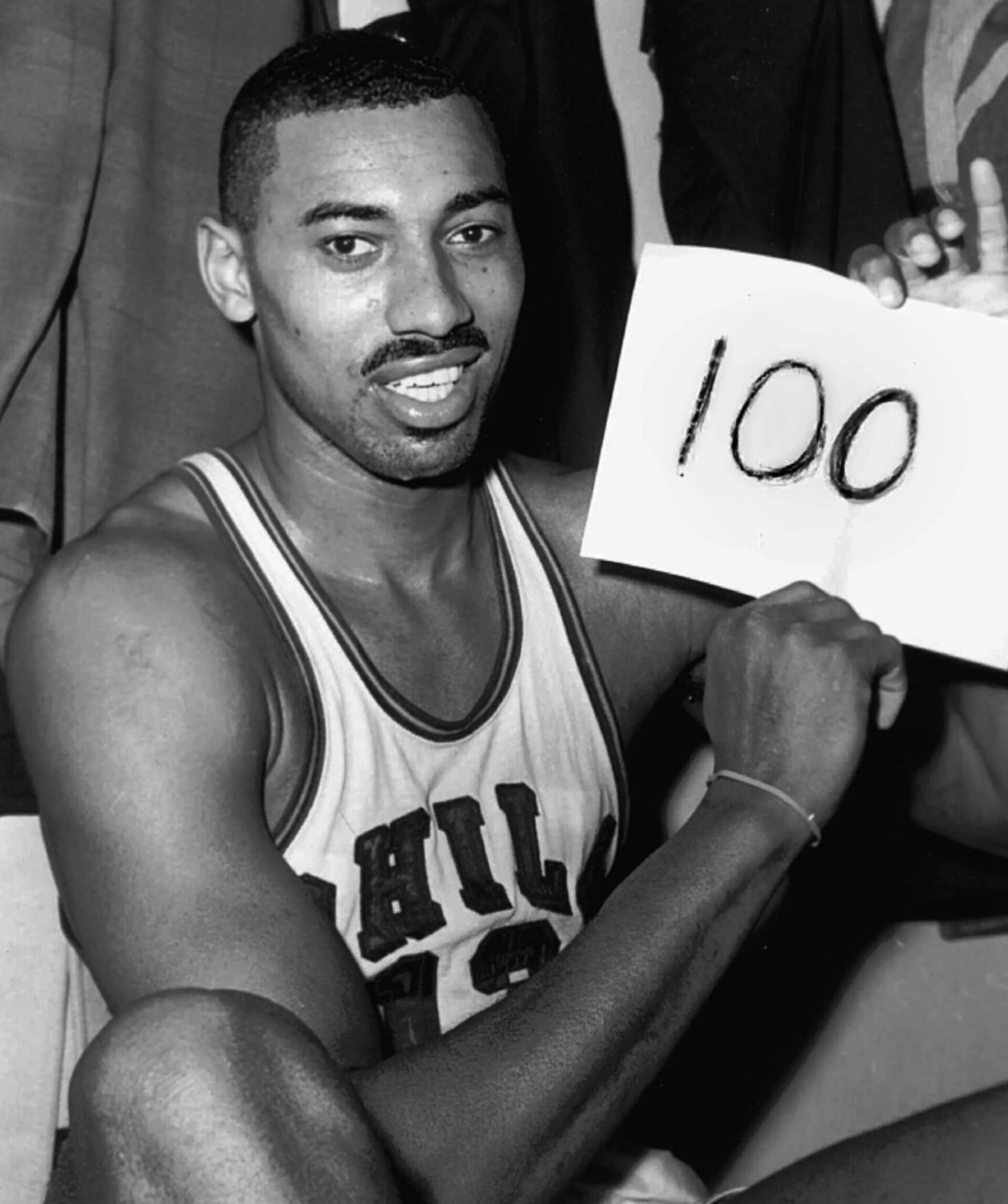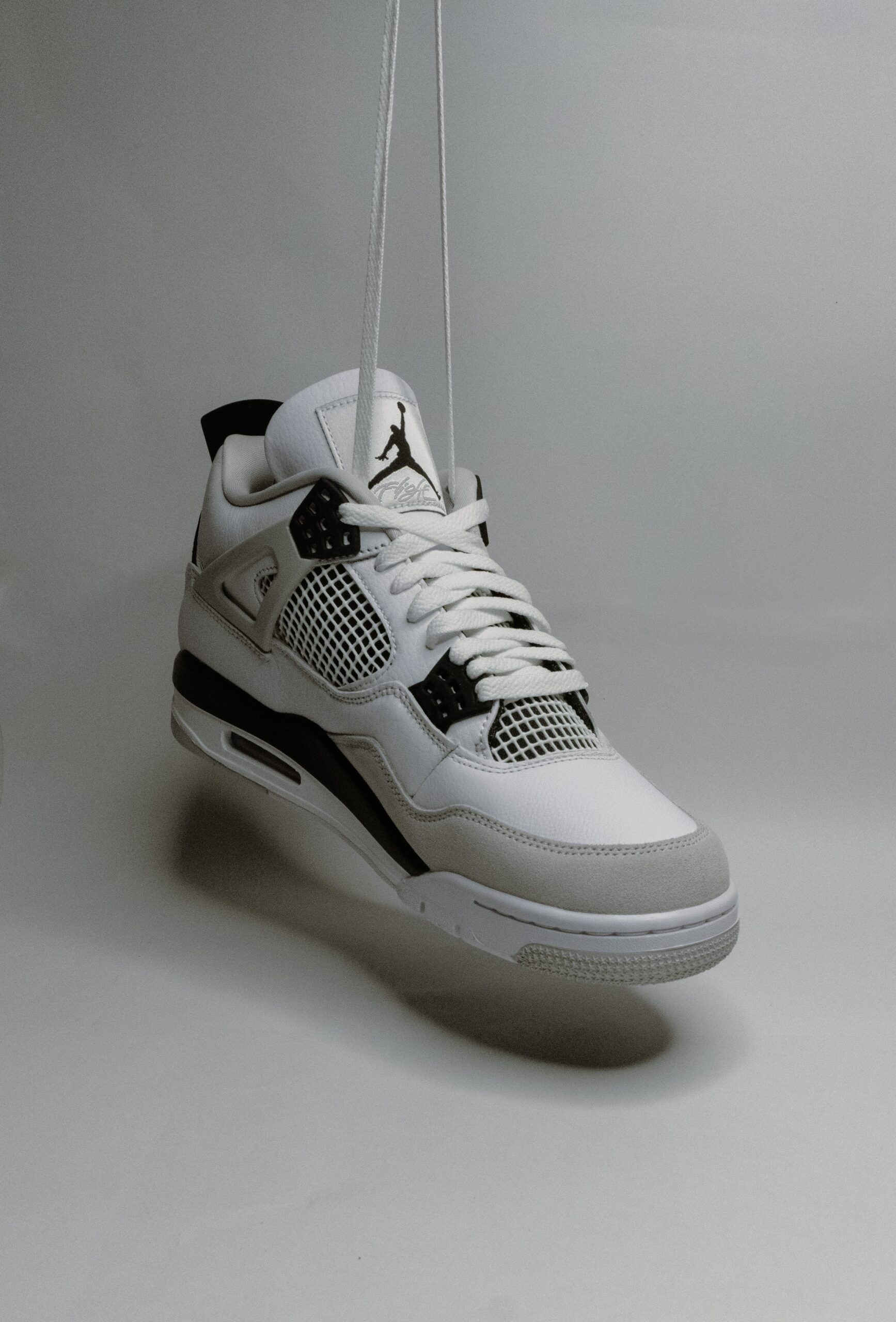How big of an impact did signing Michael Jordan have on Nike?

Introduction
Few relationships have been as legendary and game-changing in the world of sports marketing and branding as that of Michael Jordan and Nike. Jordan's signing by Nike in 1984 marked the start of a long and fruitful association that not only changed the sneaker market but also changed the way businesses handle player endorsements and brand marketing.
It is impossible to overestimate the effect of this cooperation on Nike's expansion and financial success. With its shoes and clothing being worn by sportsmen and celebrities alike, the Jordan brand has grown to be synonymous with not only basketball but also pop culture and fashion over the years.
Beyond sales and profit, Jordan's influence on Nike extended to the company's position as a pioneer in sports marketing and branding. The Jordan brand's success provided a new benchmark for athlete endorsement deals and a guideline for other businesses to follow.
In this discussion, we will go into the effects of Michael Jordan joining Nike and examine how the partnership affected the company's growth, product design, marketing strategies, and overall brand identity. We'll examine how the collaboration between Jordan and Nike affected modern sports branding and how it continues to influence modern consumer behavior and market trends.
A Brief History
Although Michael Jordan is frequently cited as the greatest basketball player in history, his influence goes far beyond the court. There is no denying Jordan's impact on sneaker culture, as his partnership with Nike produced some of the most recognizable and well-liked sneaker releases in history. This article will provide a brief overview of Michael Jordan's historical influence on sneaker culture.
Jordan secured a contract with Nike as one of the 10 largest sportswear brand in the world in 1984, and the Air Jordan 1—his first trademark shoe—was introduced in 1985. The Air Jordan 1 was a high-top basketball sneaker with bright colors and a distinctive Nike logo that was unlike anything that had come before it. The NBA banned the shoe because it didn't adhere to uniform requirements, but Jordan kept wearing it, and Nike capitalized on the prohibition by portraying Jordan and his sneakers as anti-establishment and rebellious.
Although the Air Jordan 1 was a huge hit, it was just the beginning. Every new Air Jordan model that Nike released was highly awaited by both sneakerheads and basketball enthusiasts. People waited in line for hours to buy new releases of the Air Jordan line, and some even camped out overnight. The shoes were so well-liked that they were frequently resold for prices that were far more than their retail price.
Beyond simply his best-known brand of footwear, Jordan had a significant impact on the sneaker scene. Each pair of sneakers he wore on the court, as he was renowned for doing, instantly became popular. His shoes were a fashion statement that went beyond athletics; they weren't simply for basketball players.
In addition to his fame as a basketball player, Jordan's marketing and backstory contributed to his influence on sneaker culture. Nike created a cultural phenomenon with each new Air Jordan release by collaborating with well-known artists and designers and using creative advertising campaigns. The footwear was more than just a pair of sneakers; it represented uniqueness and self-expression.
New releases and older styles versions of storied shoes continue to sell out swiftly in the Air Jordan line today. Although Jordan has left the basketball court, his influence on sneaker culture continues. His footwear served as an inspiration for a whole generation of sneakerheads, and sneaker culture is now extremely popular all over the world as a result.
It established Nike as a player in basketball and beyond.
Nike had a small presence in the basketball market before to signing Jordan and was best recognized for its running shoes and track equipment. By collaborating with the young, energetic, and incredibly marketable Jordan, Nike was able to generate interest in and a following for a brand-new category of basketball shoes that was both cutting-edge and fashionable. Nike's Air cushioning technology was utilized for the 1985 debut of the Air Jordan, which promised improved player comfort and performance. It also featured the now-iconic "Jumpman" emblem. The sneakers were an instant hit with basketball players, spectators, and collectors, opening the door for Nike to increase its product offerings and break into new markets for other sports and lifestyle products.
It elevated athlete endorsement deals to a new level of creativity and value
Before Jordan, the majority of athlete endorsement agreements were restricted to conventional advertisements, print campaigns, and brand placements on merchandise. Jordan provided suggestions and feedback on the design and marketing of his signature shoes and clothes, while Nike used his star power and personality to forge a distinctive brand identity. Jordan and Nike, however, adopted a more collaborative and entrepreneurial approach. As a result, Jordan developed a line of goods that not only captured his skill on the court and sense of style, but also appealed to fans and buyers who wished to imitate his coolness, perseverance, and pride. Jordan's endorsement deal with Nike opened the door for other businesses to sign athletes to long-term, innovative contracts and contributed to the idea of players serving as brand ambassadors and influencers.
It pioneered the concept of sneaker culture and limited-edition releases
The Jordan brand is known for its capacity to create hype and demand through limited releases, partnerships with designers and artists, and retro reissues of vintage models. Fans and collectors frequently camp out or wait in lines for hours to obtain a highly sought-after pair of Jordans because Nike and Jordan have been able to maintain interest and loyalty among them by evoking a sense of exclusivity and scarcity around particular shoes. In addition to boosting sales and profits, this strategy has spawned a subculture of sneakerheads who see shoes as more than just practical accessories but as symbols of identity, taste, and status.
It influenced popular culture and fashion trends
It is impossible to overestimate the influence of Nike and Michael Jordan on society and fashion. The Jordan brand has been embraced and referenced by a wide spectrum of artists, designers, and trendsetters, who have adapted its distinctive images into everything from hip-hop music and street wear to high-end fashion and runway shows.
The impact of the Jordan 1's launch on April 1, 1985
According to Guillermo Garca's MARCA article, Nike introduced the Jordan 1 on April 1, 1985. This white, red, and black shoe is now considered sports history.
The athlete had previously worn a set of boots that retailed for $65 that were used in various games during the season's dunk competition.That market value has increased by three since then.
The shoes were only sold in six states when they first went on sale, but they immediately surpassed all of Oregon's expectations.
In the first year, Nike expected to sell 100,000 pairs. But those sneakers were a real hit; in just one month, more than 450,000 pairs had been sold, and that was just the beginning.
Currently, the cost of a Nike Air Jordan 1 "Legends of Summer Black" model is 6,400 euros.
Conclusion
Michael Jordan's signing with Nike had a significant impact. In addition to making Nike a huge force in basketball and beyond, it also brought athlete endorsement arrangements to a higher standard of innovation and worth. Nike's general brand image was changed into one that could appeal to both athletes and fashion-conscious customers due to the Air Jordan line, which went on to become one of the most well-known and enduring sneaker brands in history. The collaboration established a new benchmark for sports marketing and endorsement agreements that is still imitated today.




